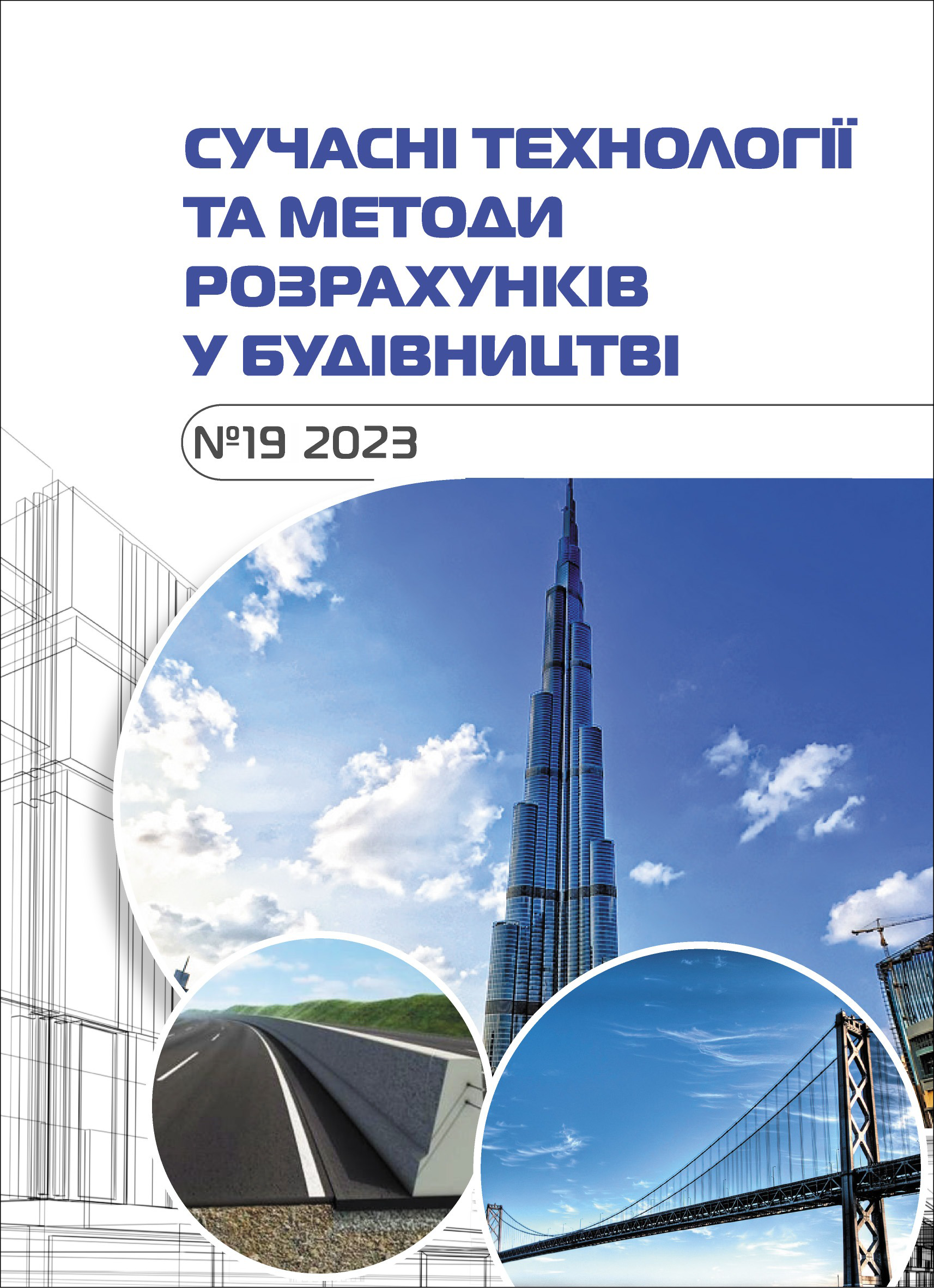The influence of extra-low doses of surfactants on the strength of aerated concrete, obtained on perhydrol
Abstract
In this work, traditional methods are used to study the degree of increase in volume, volume density, and strength of aerated concrete based on hydrogen peroxide. It was clearly noticed that the investigated properties change when the surface-active substances of various nature are introduced into the concrete in very small quantities. Thus, the use of an aliphatic surface-active substance in quantities of up to 0.001% of the mass of cement in the composition of concrete leads to an increase in its strength by 200% with a slight increase in bulk density of up to 12%. The use of a hydrophobic surface-active substance - carbohydrates in the amount of 0.0004% as a nanocatalyst leads to an increase in its strength by 80% with an almost unchanged bulk density. The difference in the influence of the investigated surface-active substances on the controlled properties of concrete is explained by the different nature of the interaction of these substances with water. In both cases, the phenomenon of hydrophobic hydration occurs. However, when using an amphiphilic surfactant, its active ion interacts with water according to the scheme of hydrophilic hydration. Two types of hydration occur at the same time, which is not observed when using carbohydrates. Conducted studies of electrical conductivity and the value of the hydrogen index of solutions of applied surface-active substances showed a change in the properties of the solutions due to displacement into the acidic region.
Research data show that the introduction of hydrogen peroxide into aerated concrete as nano modifiers of surfactants of various natures in extremely small concentrations leads to an increase in its strength by 80-200% with practically no change in density, and therefore thermal conductivity. The bulk density varies from 0.8 g/cm3 to 1.11 g/cm3. The corresponding maximum stress varies from 0.3 MPa to 10.4 MPa, respectively.








